Humankind has always been fascinated with space. In some of the earliest recorded history, ancient Greeks and Romans both made references to the Milky Way.
In the 17th century, Galileo improved the telescope to get a better look at the night sky, glimpsing Saturn's rings and Jupiter's moons. Fast-forward to the 21st century and scientists have discovered potentially habitable planets, detected gravitational waves, and landed a rover on Mars. In 2019, Elon Musk's SpaceX program sent the first private spacecraft—Crew Dragon—to the International Space Station.
Long before humans could consider sending civilians to space or exploring other planets, Edwin Hubble discovered the distance to the Andromeda Galaxy. Before that, astronomers thought everything in the universe existed within our own Milky Way. Scientists now predict there are at least 100-200 billion galaxies and an indeterminate amount of stars.
It may never be possible to fully map the out the universe—which is expanding at a rate faster than previously thought—but that isn't going to stop humans from trying to classify as many celestial bodies as possible. So far, astronomers have discovered exoplanets that orbit other suns, supermassive black holes at the center of large galaxies, and a planet that may be made of diamonds.
With all of the progress the world's space programs keep making, it can be hard to keep up with the latest information. For starters, astronauts can now grow their own food on the International Space Station, and NASA's Osiris-Rex spacecraft is studying an asteroid named Bennu, hoping to get some answers about the early days of the solar system.
While learning about the universe is interesting in its own right, knowledge about space can also offer a non-political topic of conversation to discuss with family members while on vacation or sharing a holiday meal.

Pixabay
Question #1
Will blowing up an asteroid save Earth?
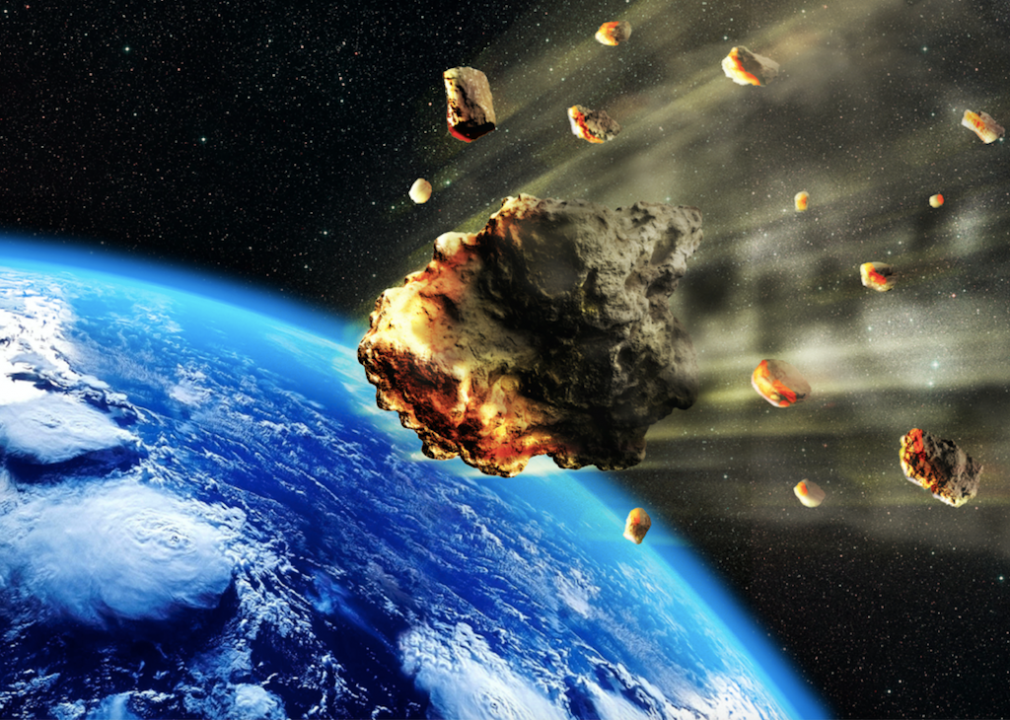
Oliver Denker // Shutterstock
Answer #1
While NASA is in fact working on ways to destroy or deflect an incoming asteroid, it's possible that blowing one up would just shatter it into pieces that could still damage Earth. Even worse, a recent study shows the asteroid's own gravity could help it re-form. But if scientists don't get enough warning, a “robust disruption and dispersal of the fragments may be the only viable option to prevent the impact,” says Megan Bruck Syal, a planetary defense researcher at the Lawrence Livermore National Laboratory.
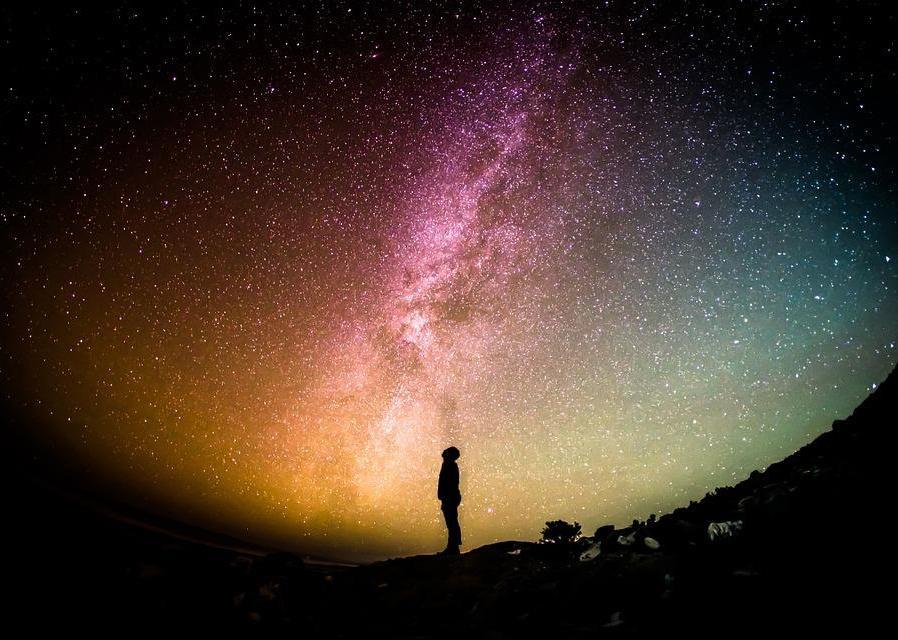
Pixabay
Question #2
What are gravitational waves?
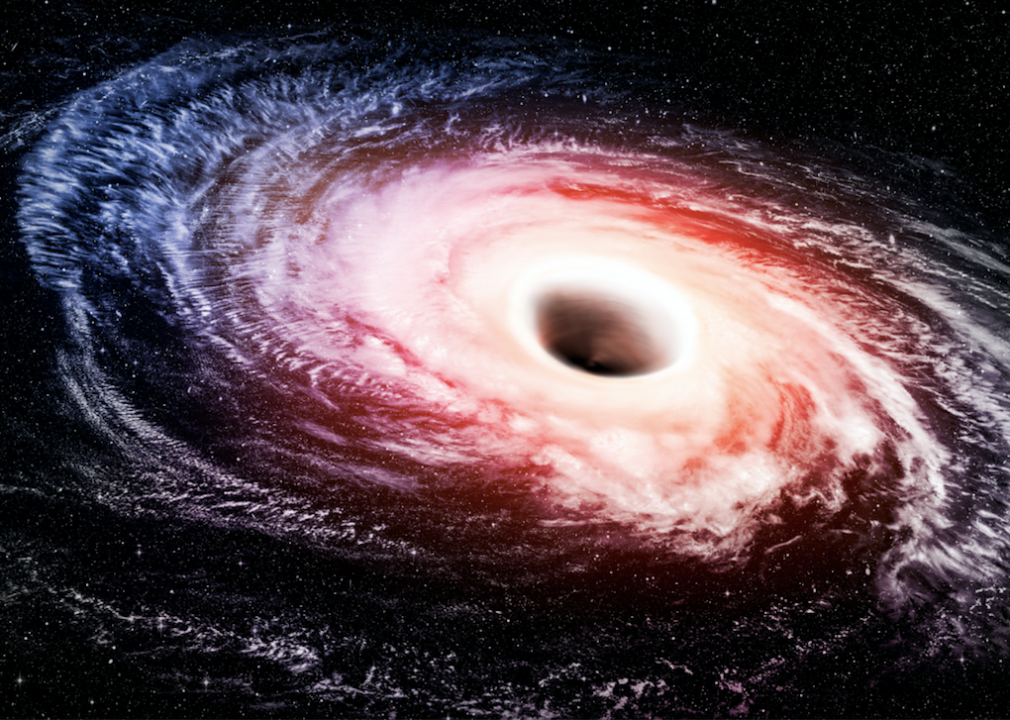
Redpixel.pl // Shutterstock
Answer #2
When people talk about the warping of space and time, they are referring to gravitational waves—think ripples in a lake when a rock is thrown in, but the water is space and the rock is a celestial body. Albert Einstein's general theory of relativity predicted the existence of these waves, but scientists announced they'd detected them using the Laser Interferometer Gravitational-Wave Observatory (LIGO) in 2016. The bending of space is most evident with cataclysmic events like black holes or the colliding of neutron stars.
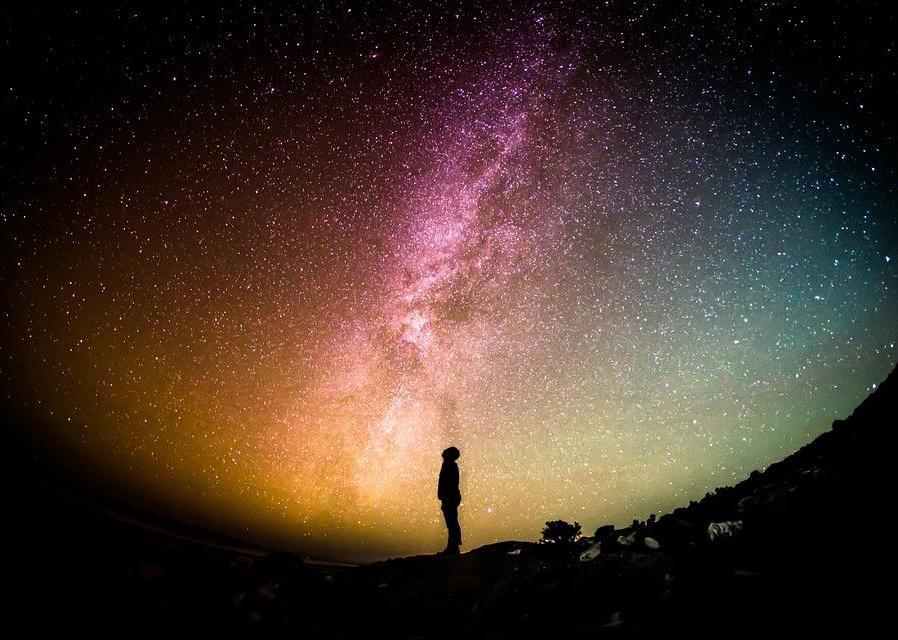
Pixabay
Question #3
What is most of the universe made of?
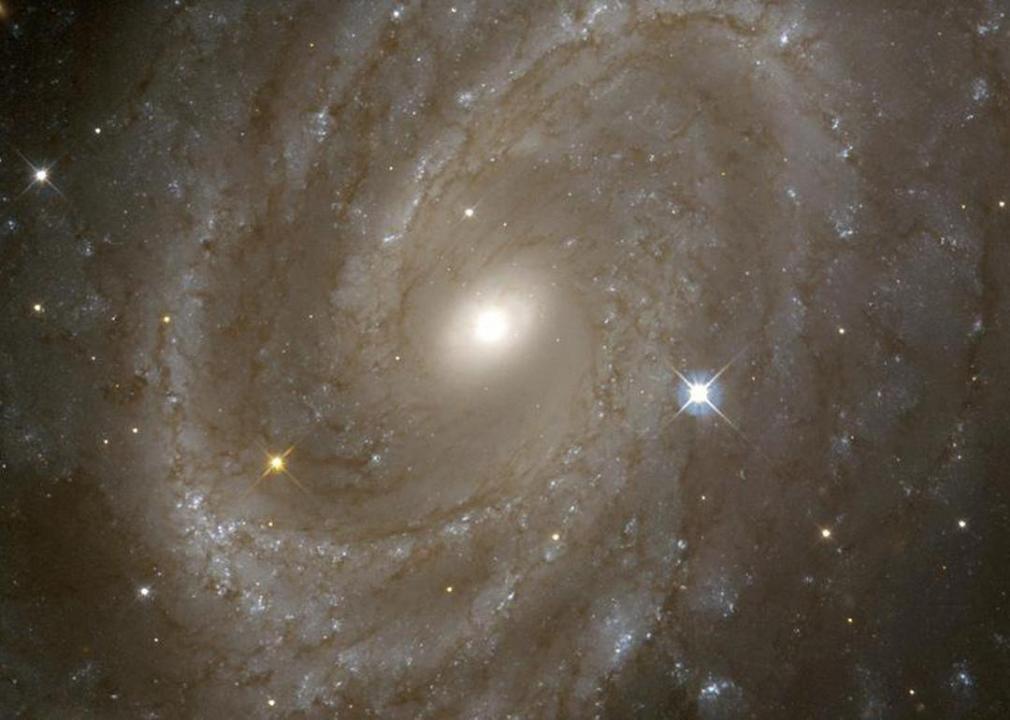
Nasa // Flickr
Answer #3
About 95% of the universe is invisible, at least to humans. About 68% is dark energy, which scientists detected in the 1990s, and causes the expansion of the universe to accelerate. The other 27% is dark matter, which has eluded observation by current scientific instruments. Scientists don't have a good explanation for what dark matter is exactly, but they can observe its gravitational effect on galaxies.
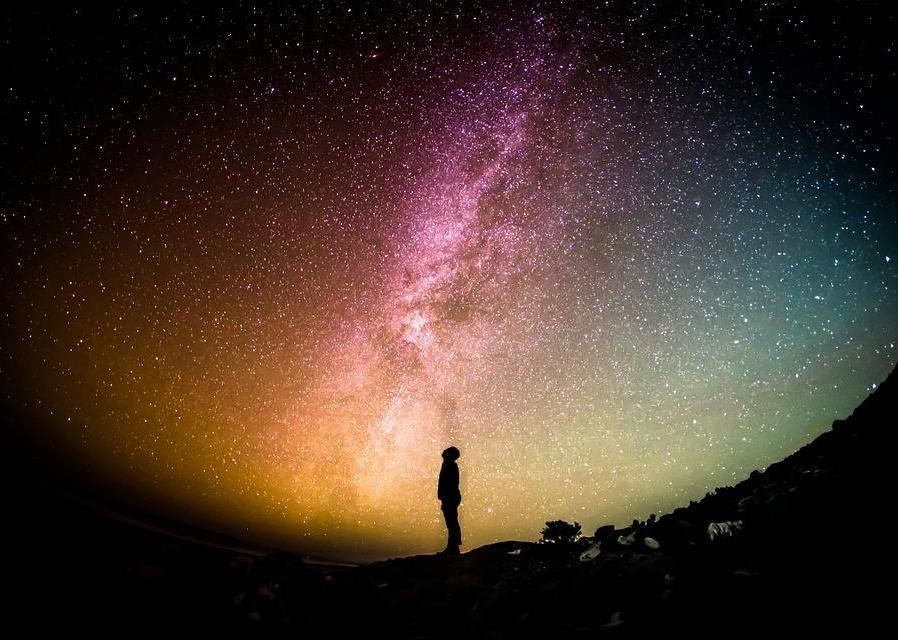
Pixabay
Question #4
What is SpaceX?
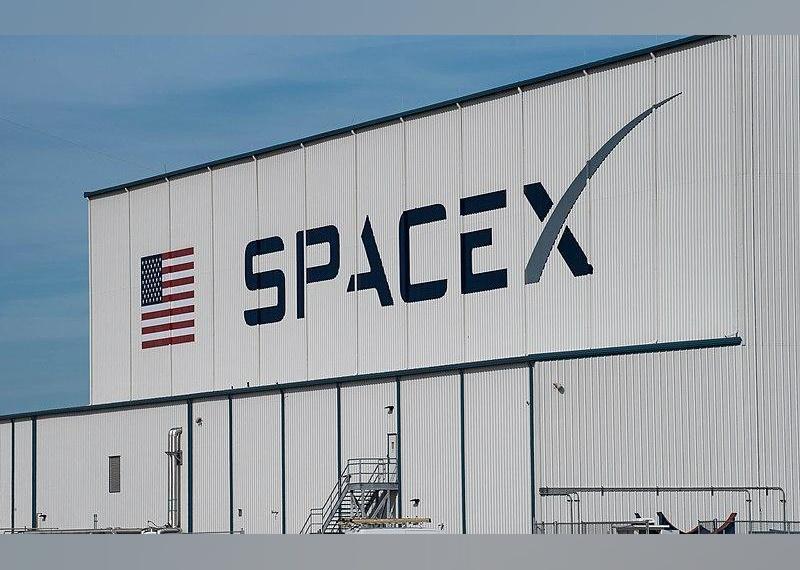
Daniel Oberhaus // Wikimedia Commons
Answer #4
Elon Musk, co-founder of PayPal and Tesla, launched SpaceX in 2001. The private company—which may take civilians to Mars one day—docked an unmanned spacecraft at the International Space Station on March 3, 2019. Though Musk wants to promote space tourism (for those who can afford it), the company's rockets may first send NASA astronauts on their next mission to the moon.
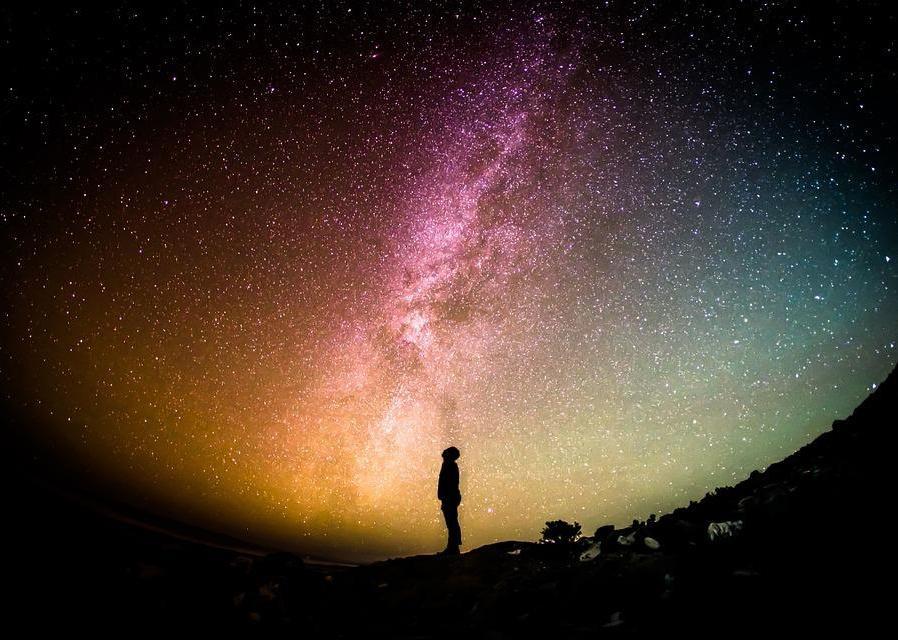
Pixabay
Question #5
What is Japan's Hayabusa2 doing?

DLR // Wikimedia Commons
Answer #5
In February 2019, Japan's Hayabusa2 probe landed on Ryugu, the asteroid it's been investigating since last year. Scientists hope material recovered from the celestial object will provide information about the formation of Earth, as asteroids contain material left over from the early days of the solar system. In the coming months, the probe is set to send explosives to Ryugu's surface in order to create a crater.
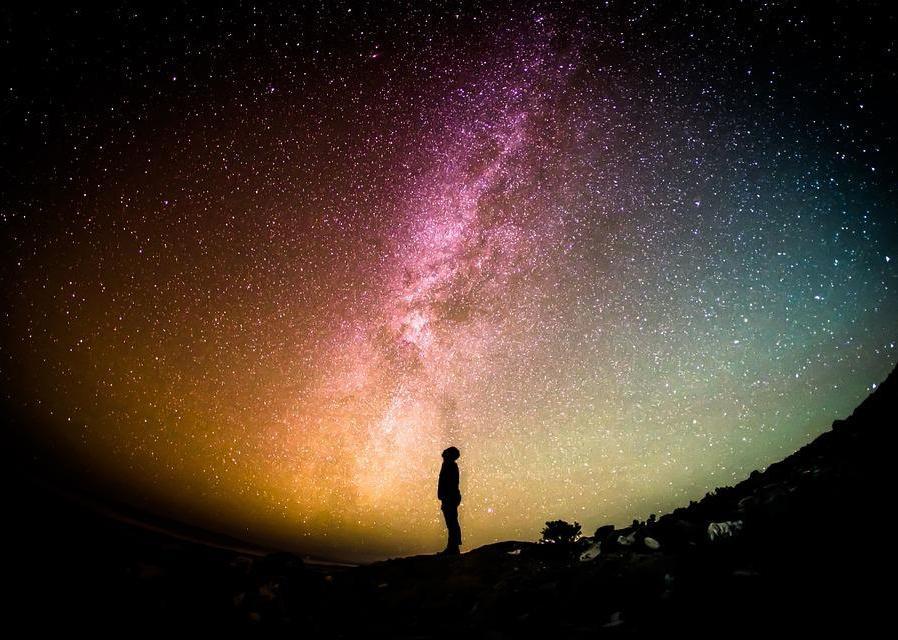
Pixabay
Question #6
Where is the coldest spot in the universe?
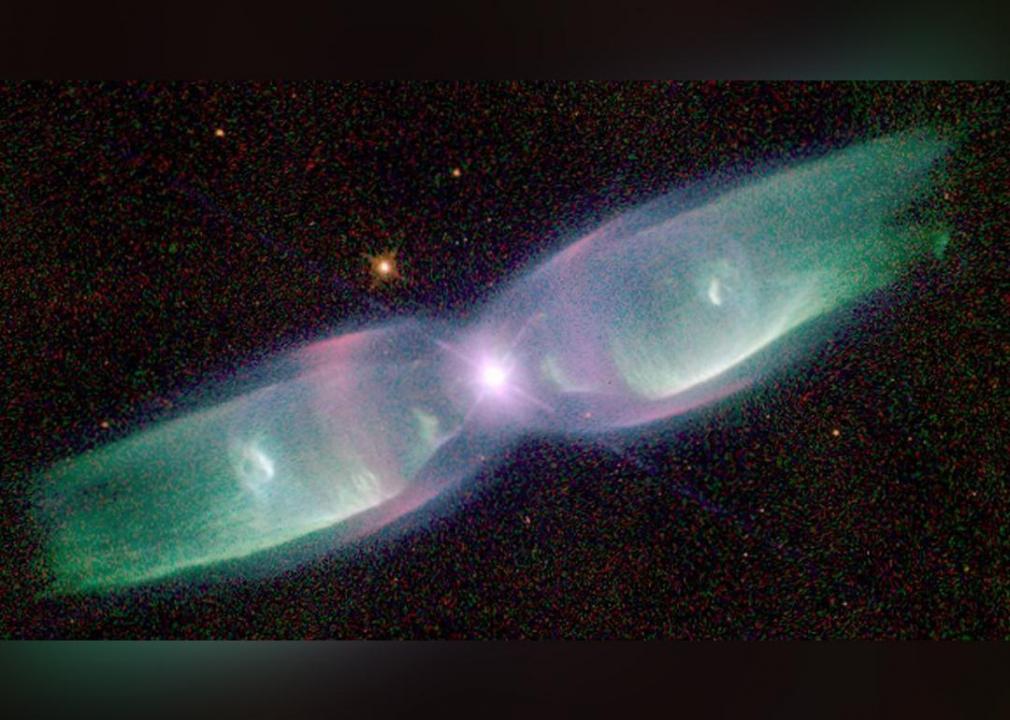
Nasa // Flickr
Answer #6
The Boomerang Nebula is a pre-planetary nebula, which forms when a star is in the middle of dying and looks sort of like a colourful bow tie of reflective dust and particles. It's about 5,000 light-years away, with a temperature around 1 Kelvin, or about -460 degrees Fahrenheit. It creates such a cold spot because it expels gas extremely quickly from small points.
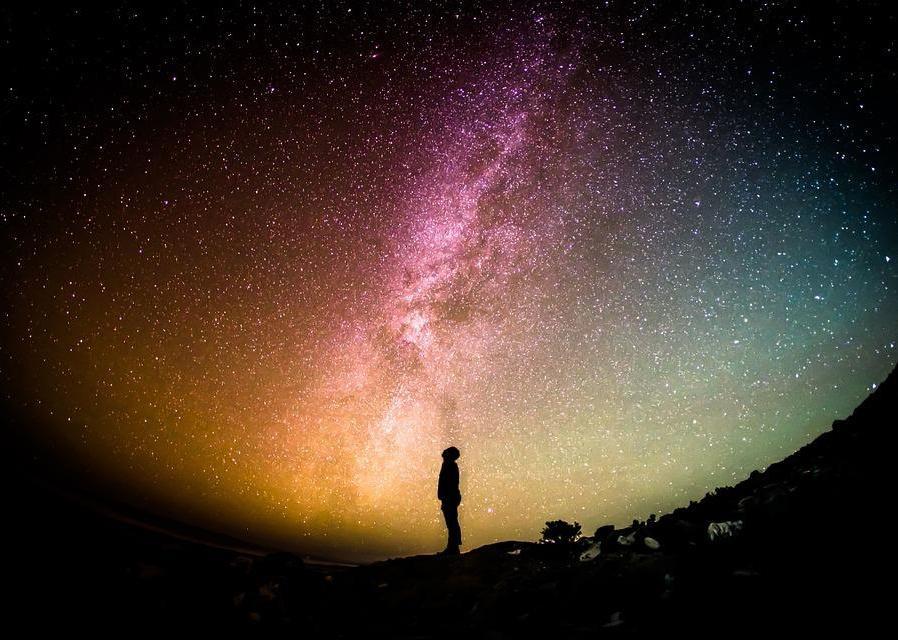
Pixabay
Question #7
How old is the universe?
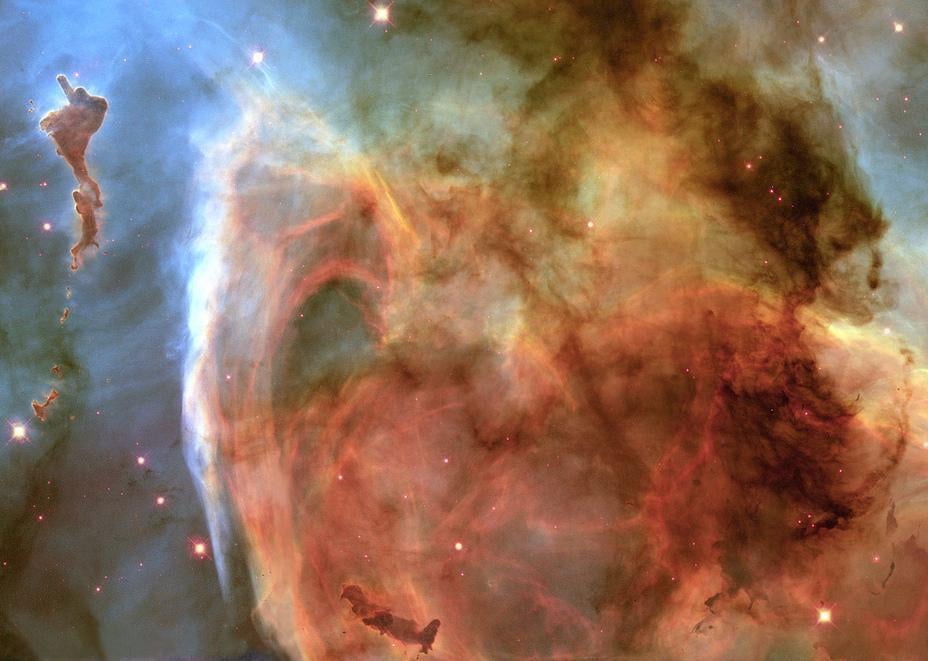
Nasa // Flickr
Answer #7
Scientists believe the Big Bang happened about 13.8 billion years ago. In 2013, they added 100 million years to previous predictions. In 2018, the Hubble Space Telescope showed that the universe was expanding much more quickly than previously thought, perhaps due to dark energy.
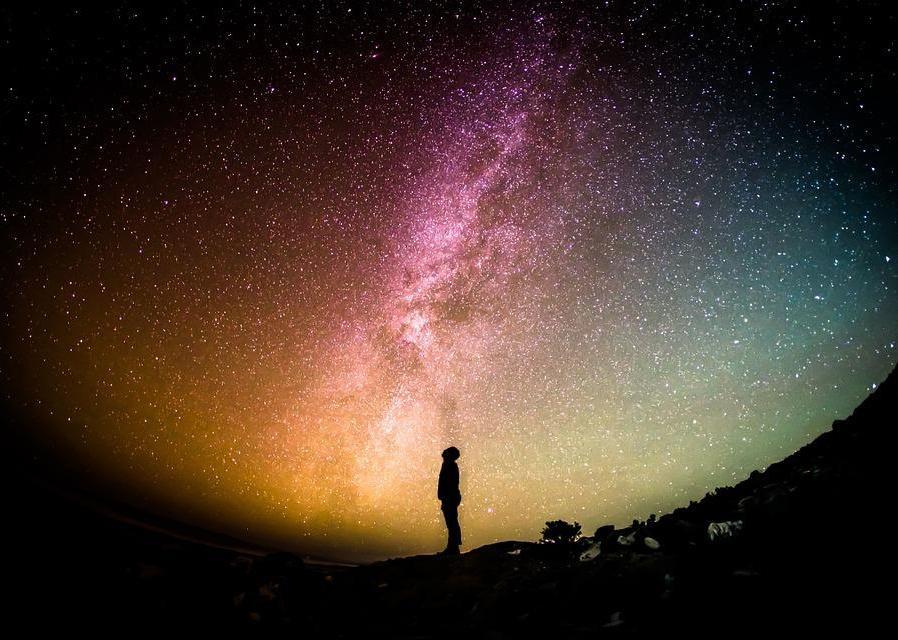
Pixabay
Question #8
Which planet in the solar system is less dense than water?
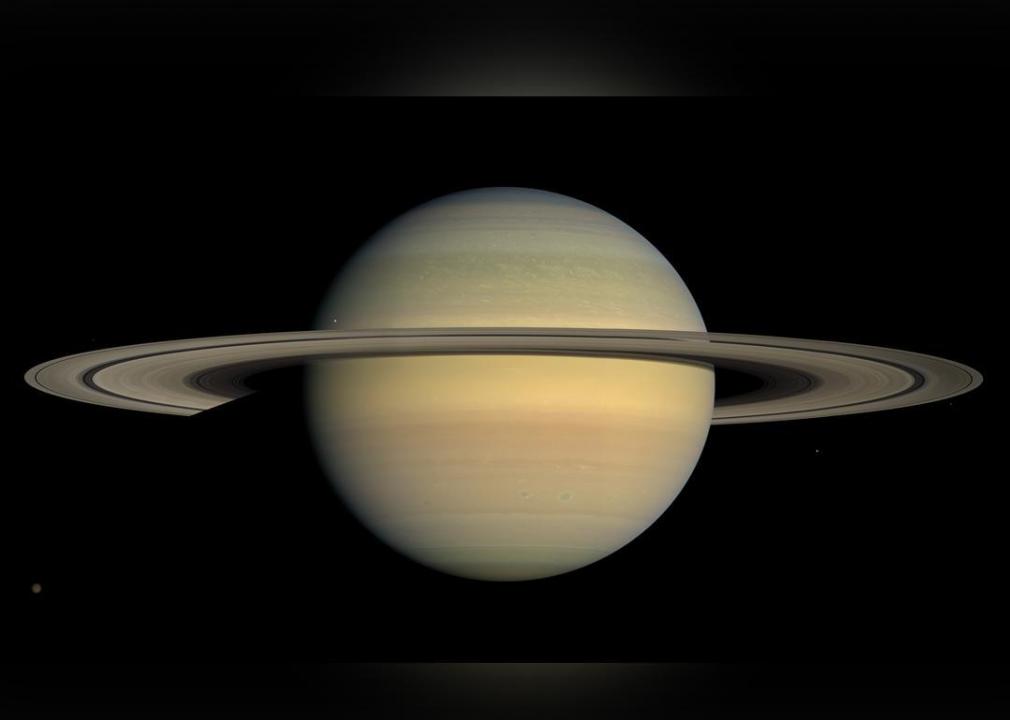
NASA/JPL/Space Science Institute // Wikimedia Commons
Answer #8
Saturn is the second largest planet; about 764 Earths would fit inside it. Though the gas giant is less dense than water, it wouldn't exactly float, even if someone had enough water to fit it in.
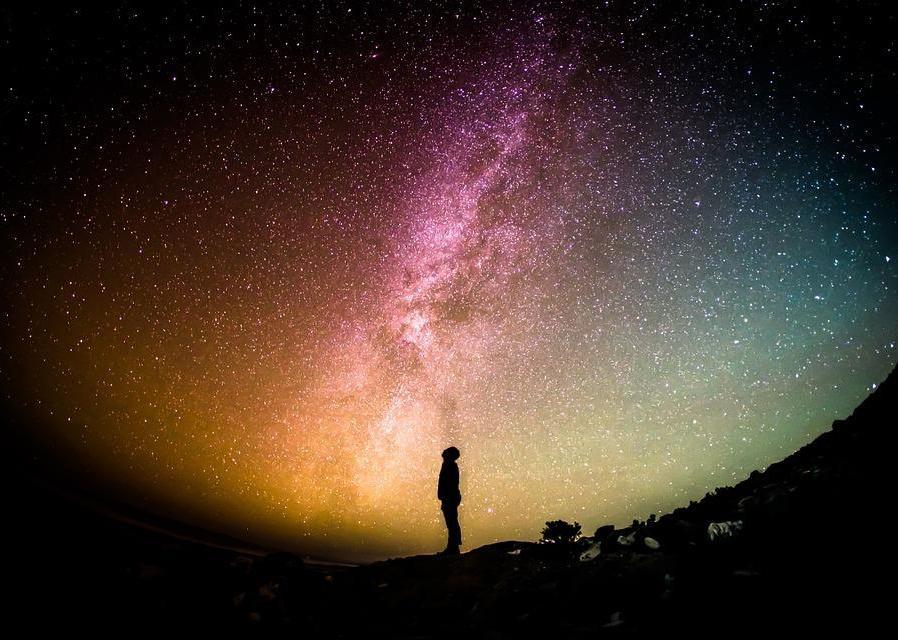
Pixabay
Question #9
How many Earths could fit inside Jupiter?
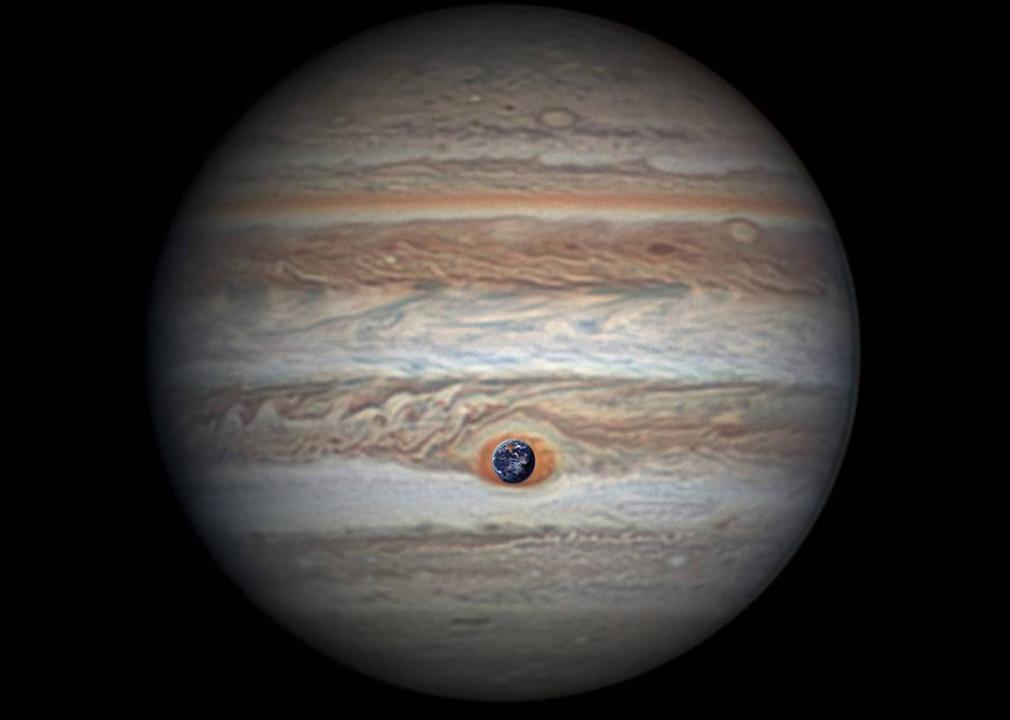
NASA/JPL-Caltech/SwRI/MSSS/Christopher Go
Answer #9
It would take more than 1,000 Earths to fill up Jupiter, the largest planet in the solar system. It's a giant ball of gas with red, brown, and yellow swirling clouds and winds that rage faster than 400 mph.
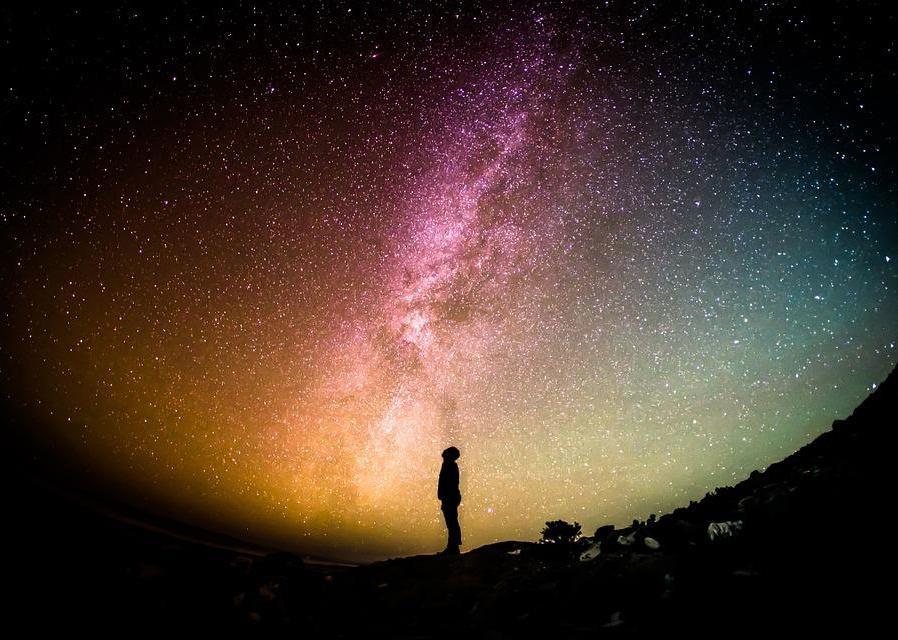
Pixabay
Question #10
What is an exoplanet, and how many have scientists found?

Nasa // Flickr
Answer #10
A planet that orbits a sun is called an exoplanet. Scientists confirmed 51 Pegasi b, an exoplanet about half the size of Jupiter, in 1995. Since then, more than 3,700 others have been discovered. More than 50 of them could be habitable.
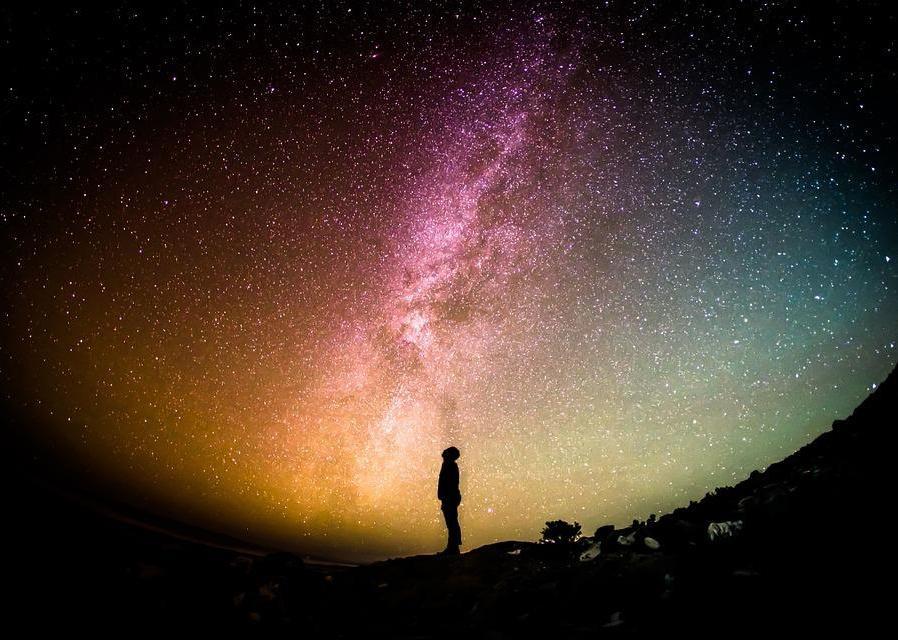
Pixabay
Question #11
What happens when a star dies?
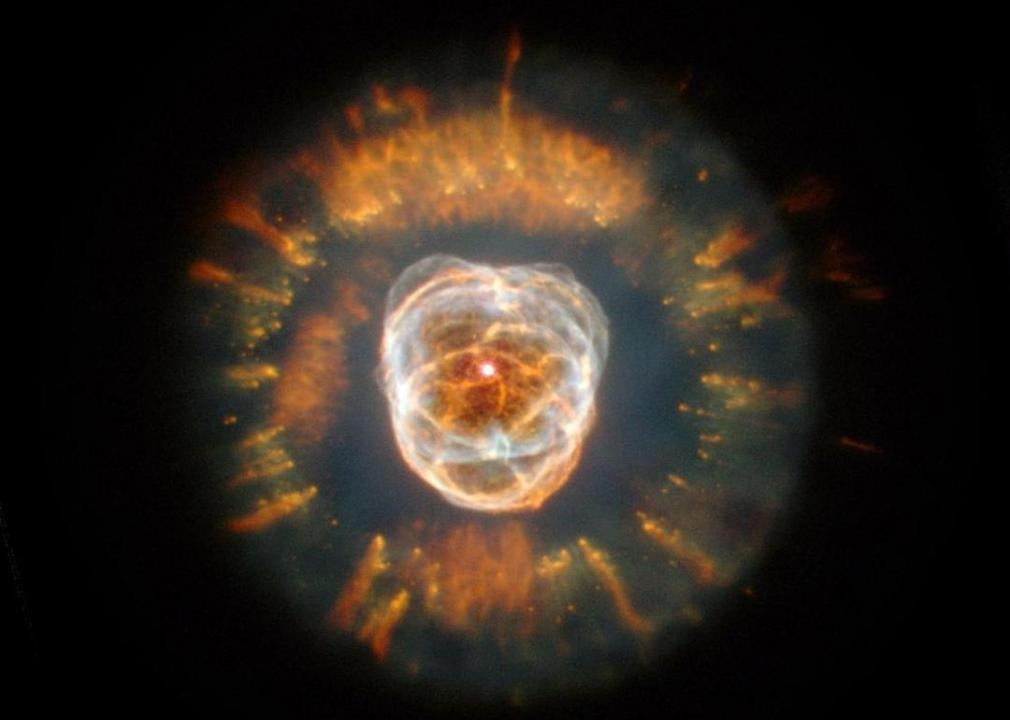
Nasa // Flickr
Answer #11
When the core of a star runs out of energy, it becomes a red giant before collapsing. If it's about the size of the sun or a little larger, it will either become a white dwarf or a neutron star. If a star's core is at least three times the mass of the sun, the death process will be too powerful, and it will turn it into a black hole.
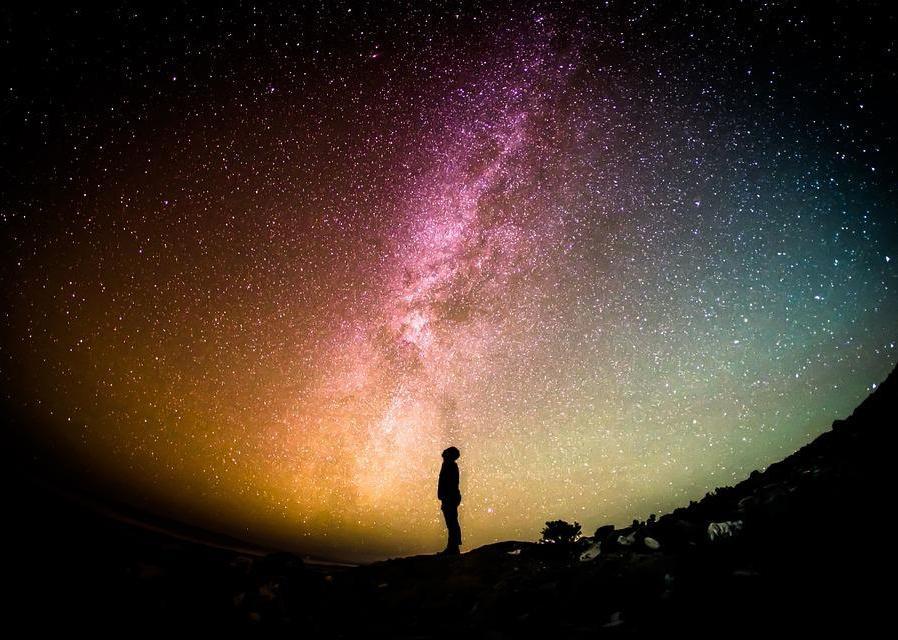
Pixabay
Question #12
Why are planets round?
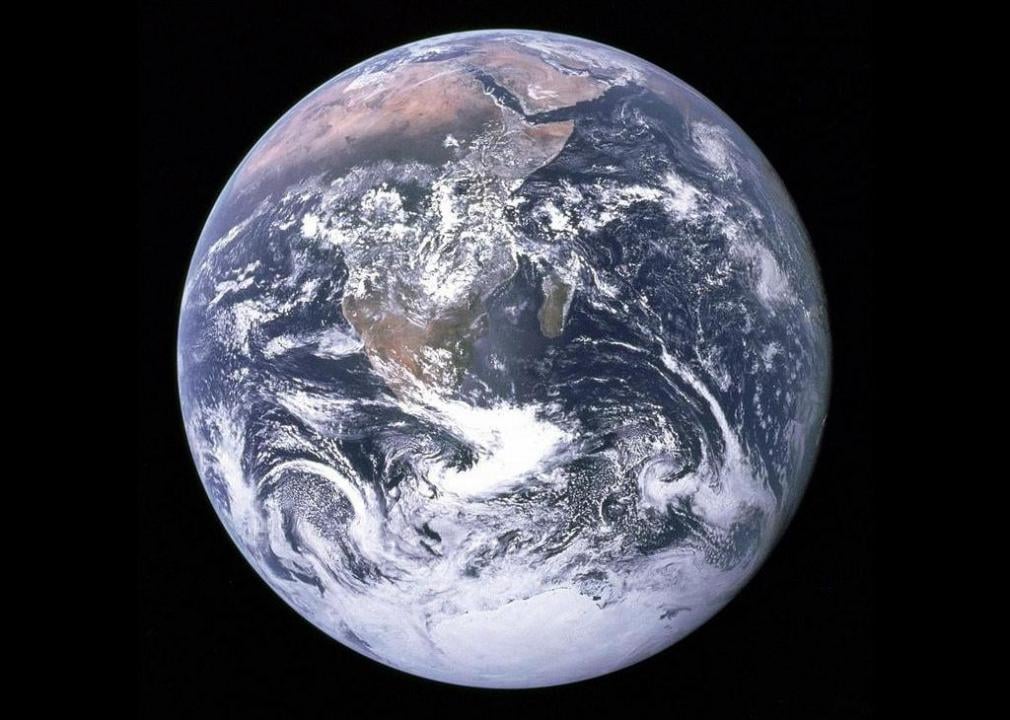
Nasa // Flickr
Answer #12
Gravity doesn't discriminate; it pulls all matter to its center equally, forming planets into spheres. While all planets look round, Mercury and Venus are the most circular; Saturn and Jupiter have thicker centers, so they bulge out a bit and are more like a slightly deflated ball.
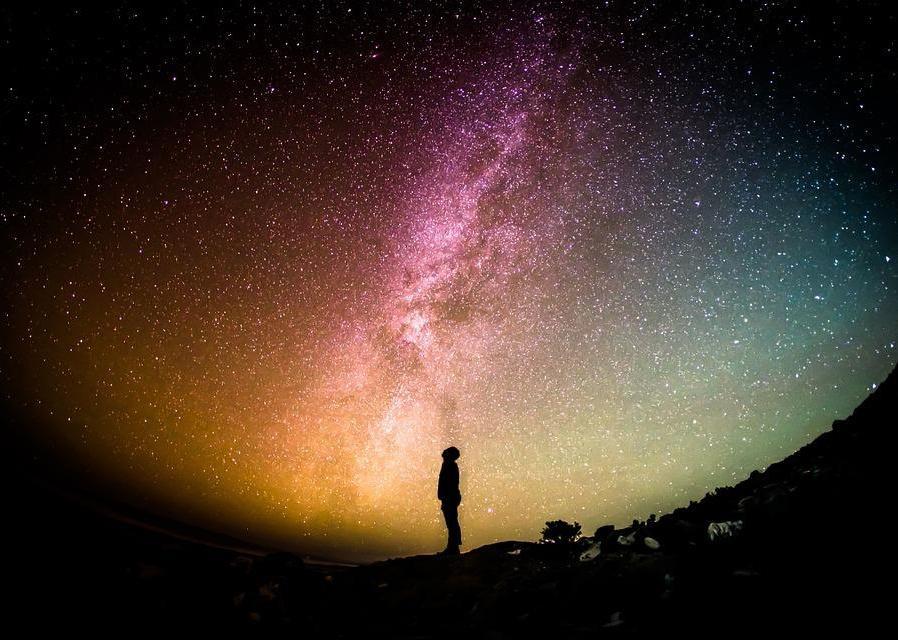
Pixabay
Question #13
Is there more than one universe?
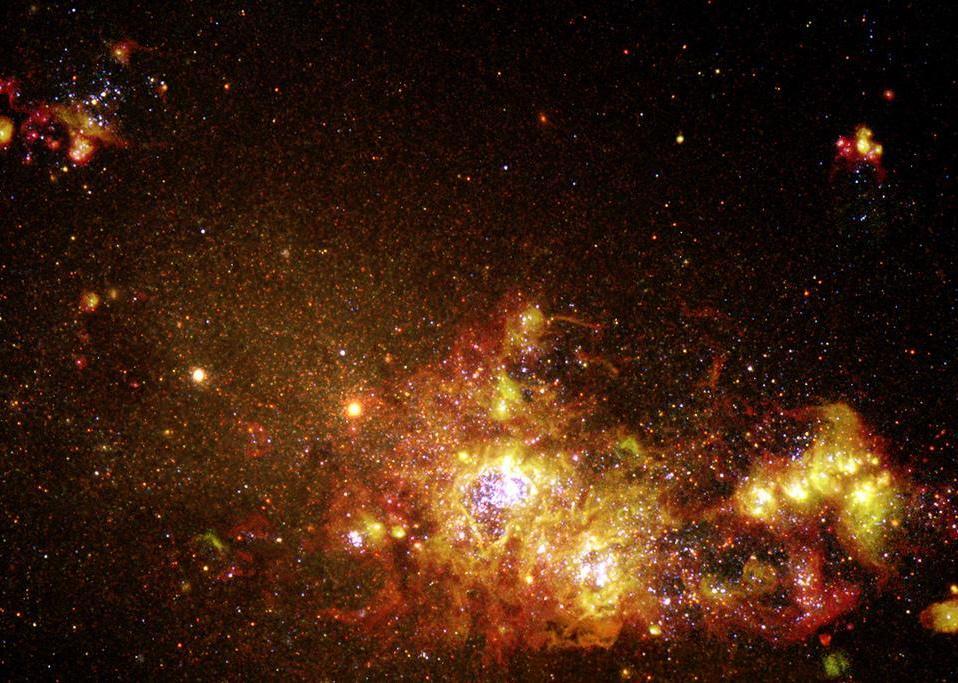
Nasa // Flickr
Answer #13
There is no evidence for another universe outside of the observable one, but scientists have some theories about how there could be one.
Perhaps there were multiple events like the Big Bang, which would have produced more universes with each explosion. Quantum theory proposes that the universe splits into a kind of an opposite world every time there is a “quantum event,” which happens frequently, and could produce an infinite number of universes.
Proponents of string theory say there are more dimensions than humans can see, and matter is composed of extremely small “strings” or loops of energy that vibrate. It this holds true, “the bit of the universe we're in compared to the multiverse will be like our solar system within the universe,” says Shamit Kachru of Stanford University.

Pixabay
Question #14
What is the biggest thing in the universe?
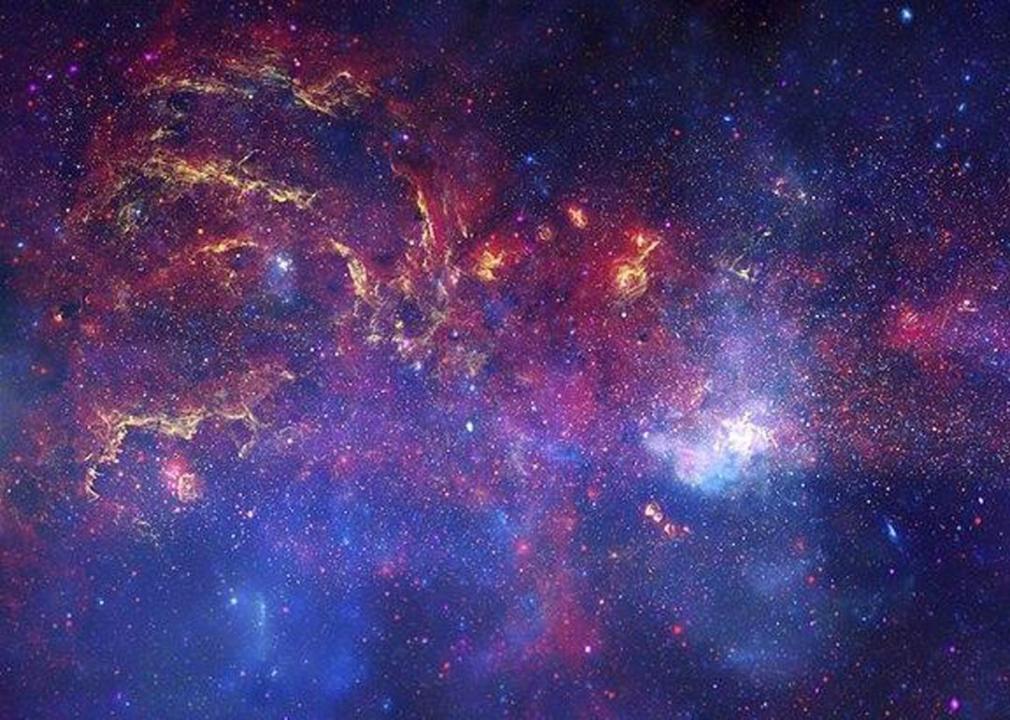
Nasa // Wikimedia Commons
Answer #14
The Hercules-Corona Borealis Great Wall is a supercluster—a large group containing smaller clusters of galaxies—that is 10 billion light-years across. It's actually so big that it is “larger than the theoretical upper limit on how big universal structures can be,” according to Jon Hakkila, an astrophysics professor at the College of Charleston in South Carolina.
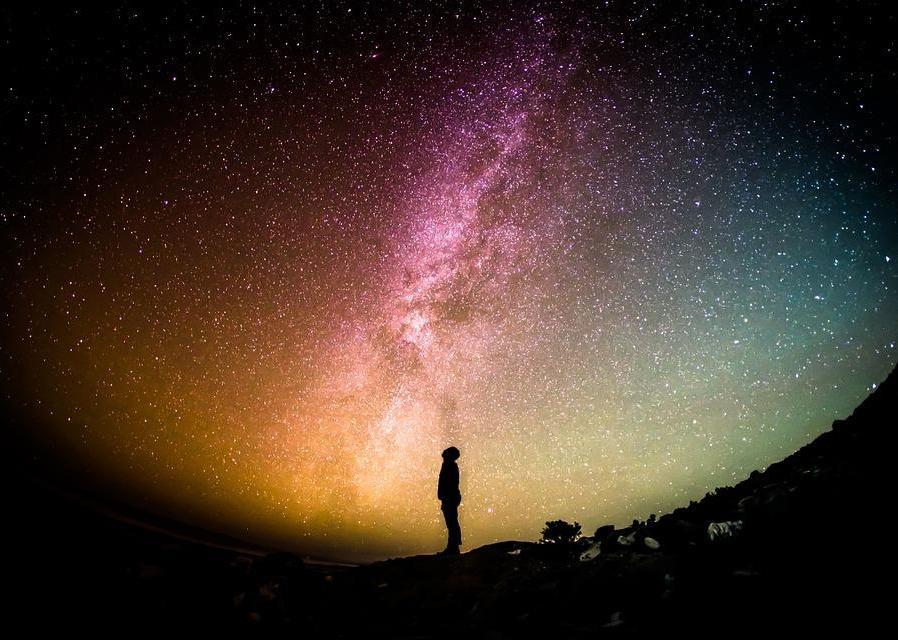
Pixabay
Question #15
Is there sound in space?
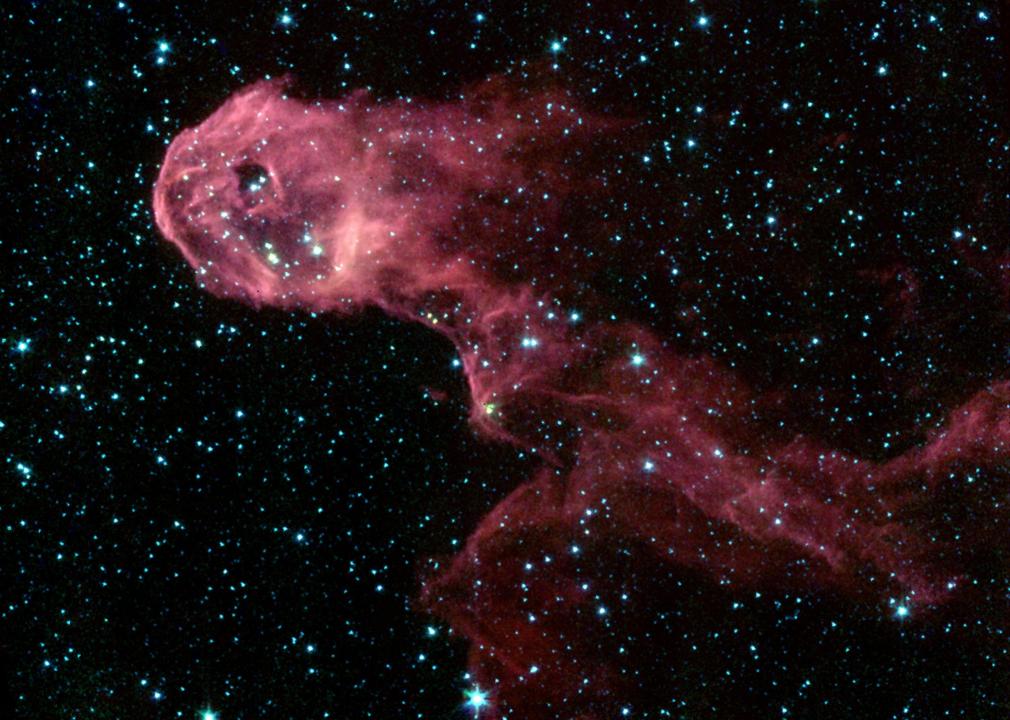
NASA // Getty
Answer #15
On Earth, sound passes through air molecules. Scientists used to think there was no medium for sound to travel in outer space. It turns out, sound hitches a ride on gas, dust, or other matter floating around in all that darkness; it's just that the frequency is too low for humans to hear.
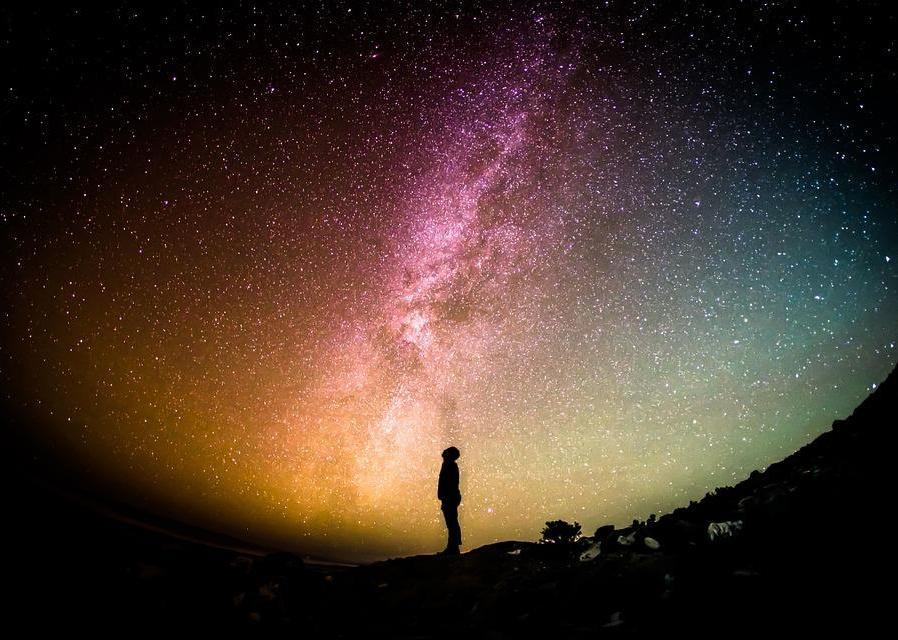
Pixabay
Question #16
Are there any planets that don't orbit stars?
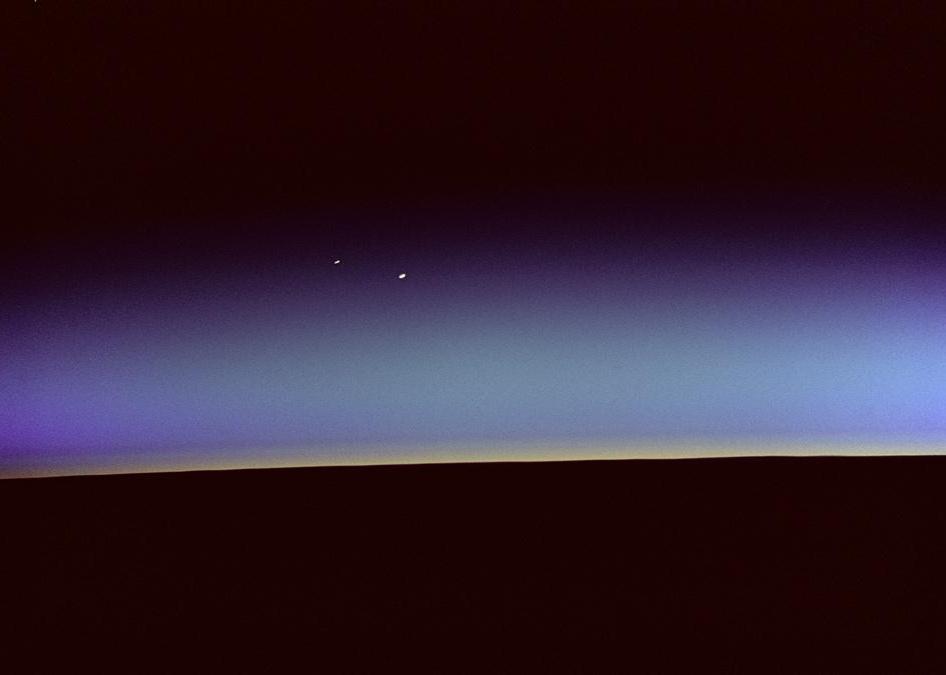
Nasa // Flickr
Answer #16
Scientists think they have detected a little more than a dozen “rogue planets” that no longer orbit a sun, using a technique called gravitational microlensing—recording when a celestial body passes in front of another, cutting off and bending the light as it makes its way to Earth. There may be more floating around, but it's hard to find them, because there is no sun to illuminate them.
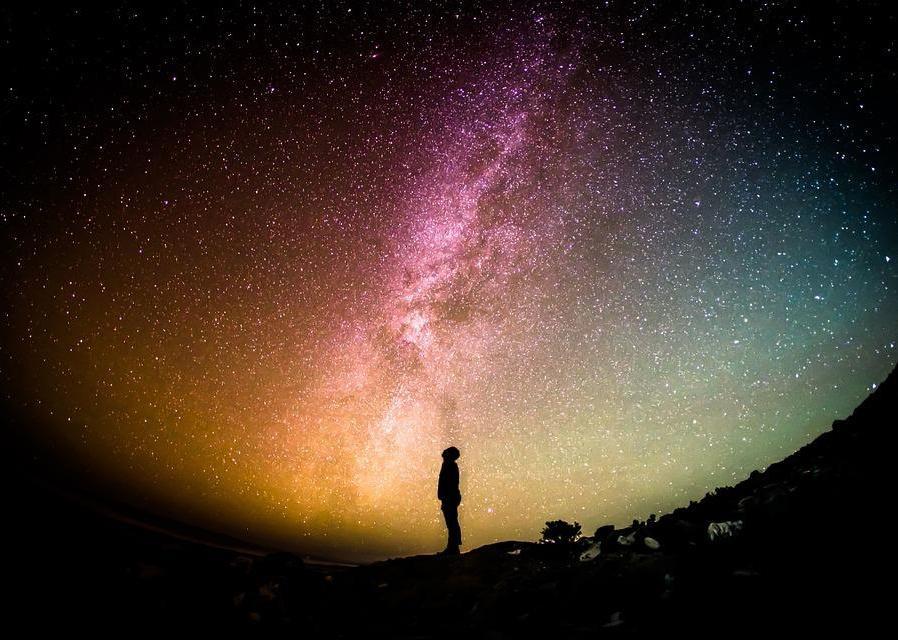
Pixabay
Question #17
How long will boot prints last on the Moon?
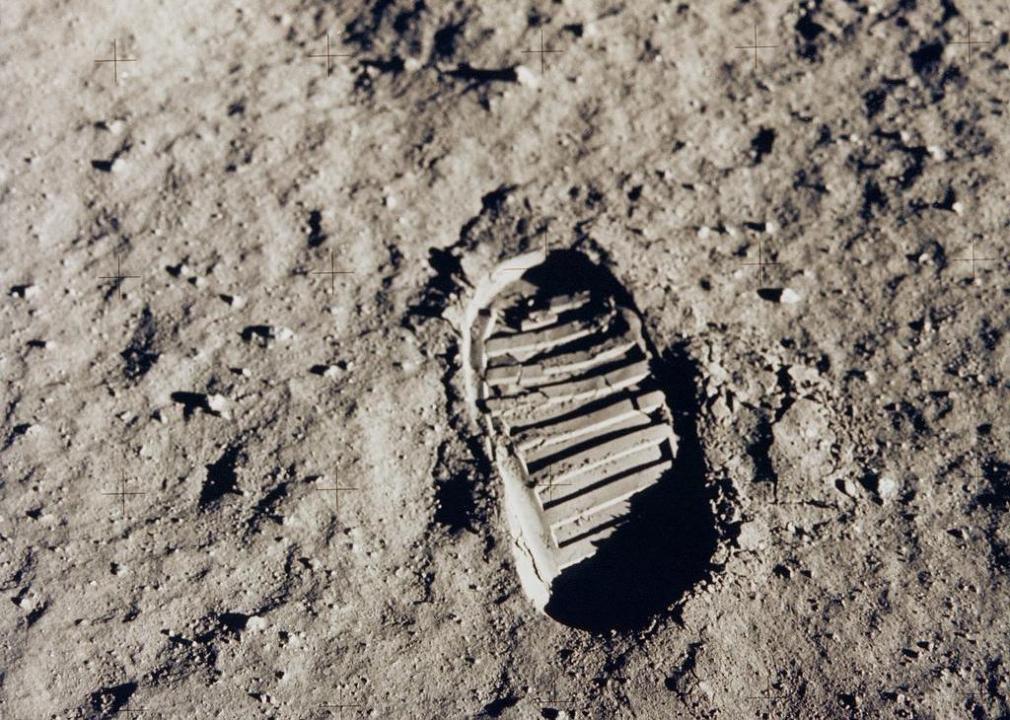
Nasa // Flickr
Answer #17
Neil Armstrong planted his foot on the moon on July 20, 1969, leaving an impression of his boot. Since there is no wind—except the solar kind—and little atmosphere on the Moon's surface, that print could last a million years if left undisturbed by future explorers.
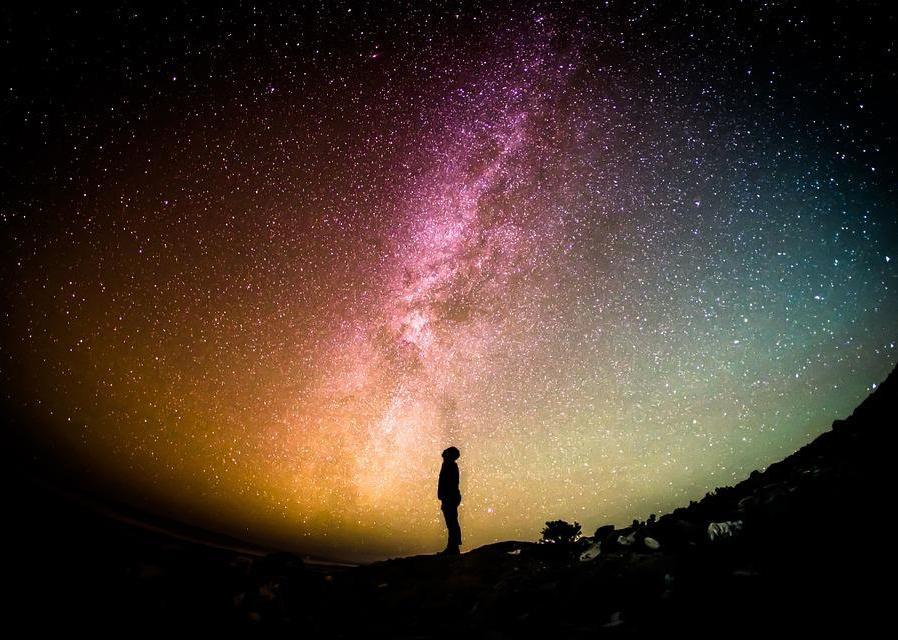
Pixabay
Question #18
The Milky Way is set to collide with another galaxy. When will it happen?
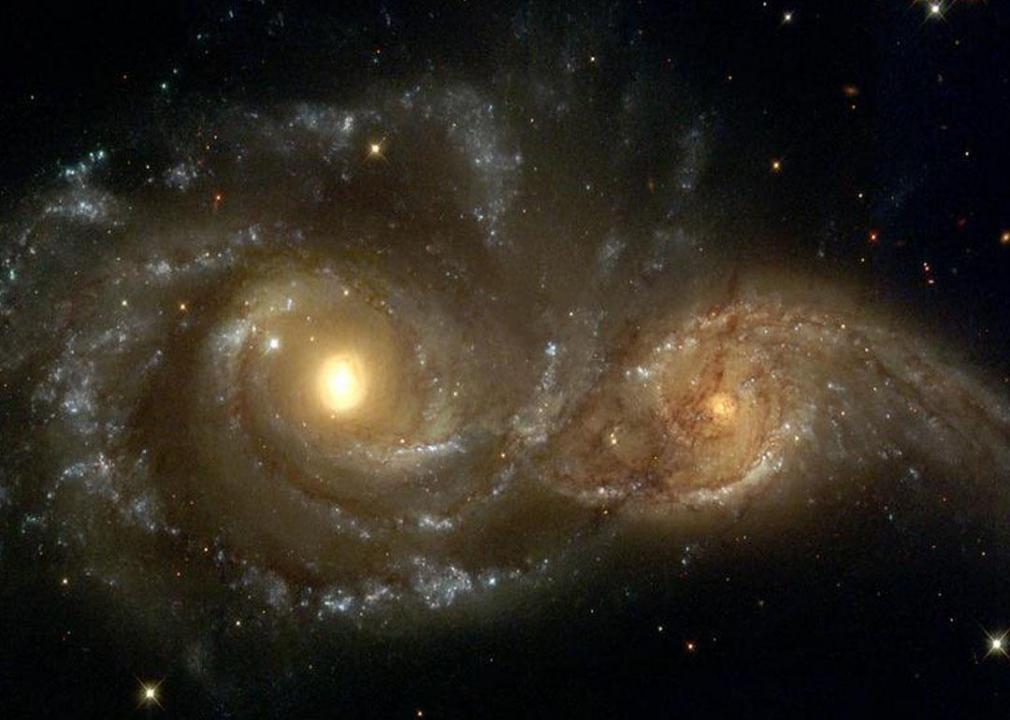
Nasa // Flickr
Answer #18
The European Space Agency's Gaia spacecraft predicts that the Milky Way and Andromeda galaxies will collide in about 4.5 billion years, later than previously thought. If Earth and its inhabitants still exist, they'll probably survive the crash, since individual stars and planets don't usually run into each other when galaxies merge.

Pixabay
Question #19
Is there an asteroid on track to hit Earth?
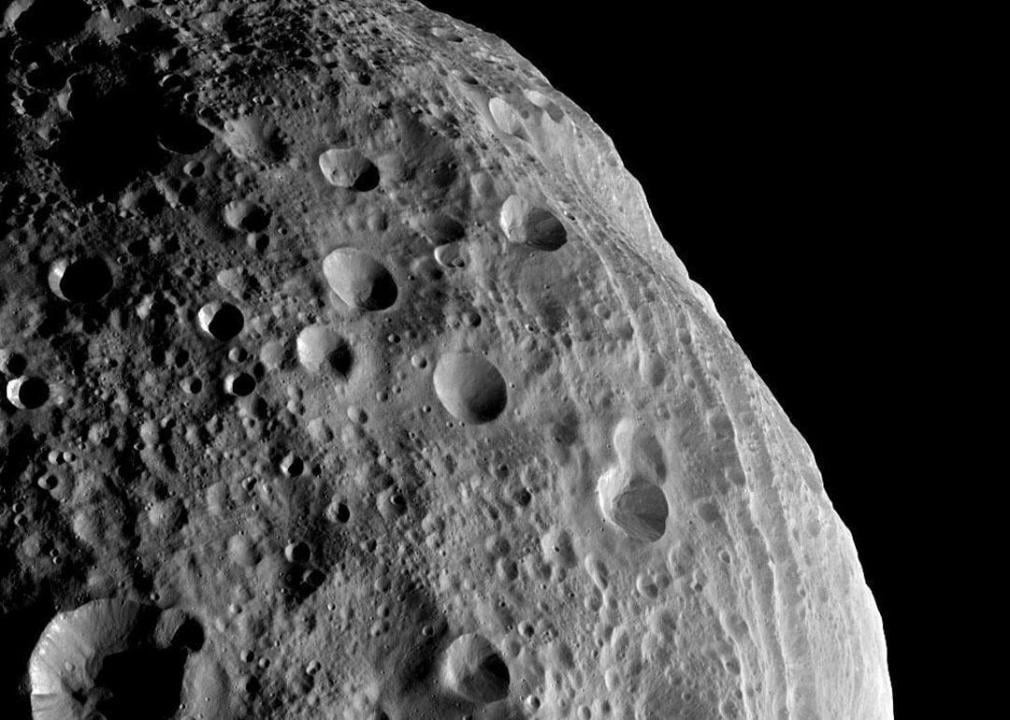
Nasa // Flickr
Answer #19
There is a slight chance that a large asteroid named Bennu could reach Earth's surface a long time from now—between 2175 and 2196. To better understand Bennu, NASA landed Osiris-Rex on the asteroid in December 2018. The samples collected by the spacecraft should get back to Earth by 2023, which could help scientists better predict asteroid movements in the future.
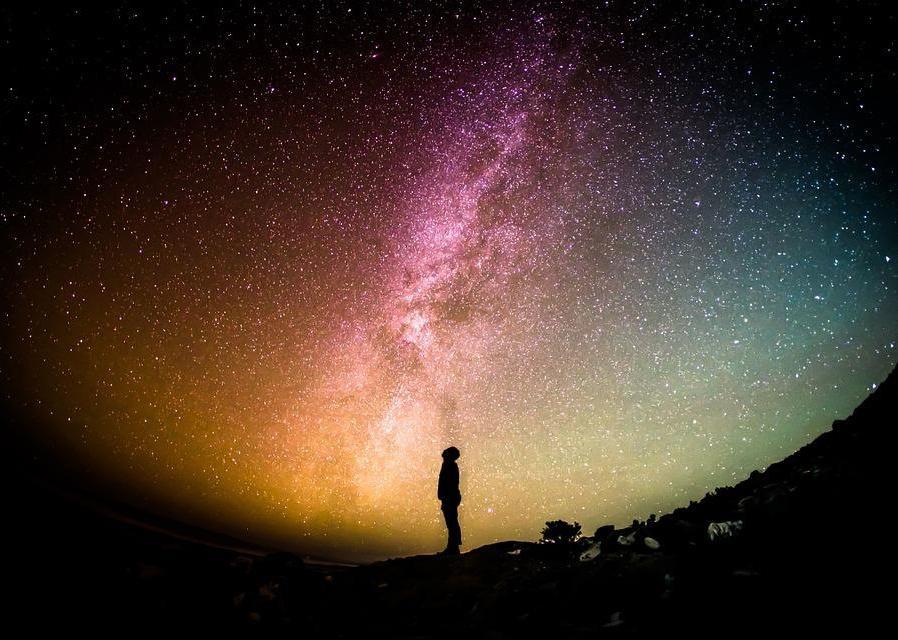
Pixabay
Question #20
How many stars are in the universe?
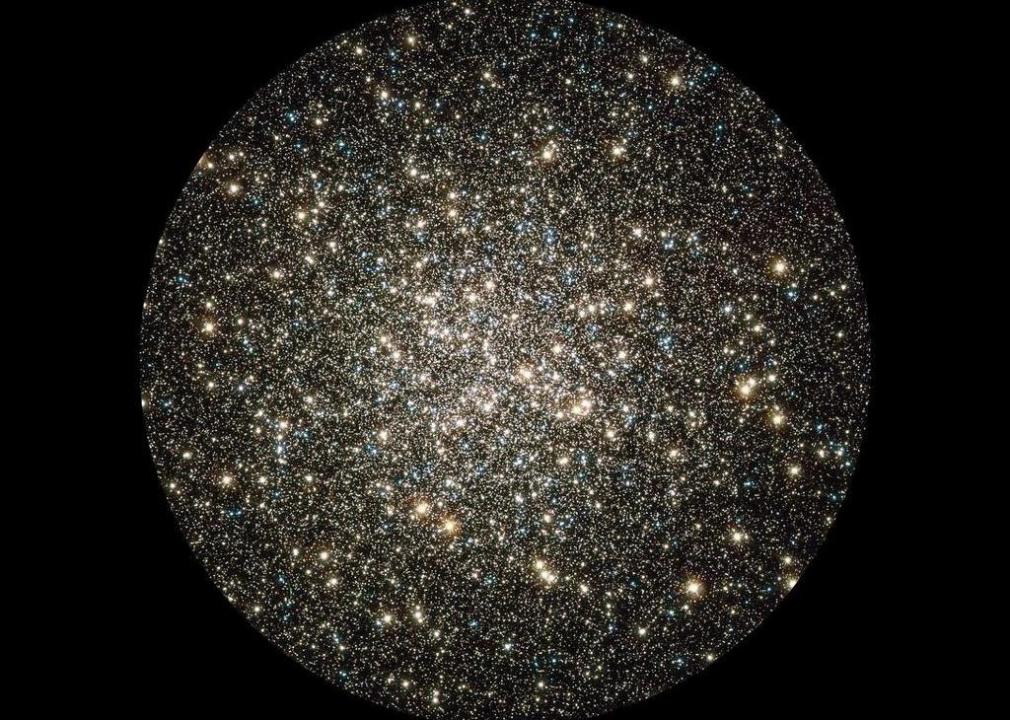
Nasa // Flickr
Answer #20
There are about 100 thousand million stars in the Milky Way. Since there are millions upon millions of galaxies, no one really knows how many stars there are in the universe. Though, the Gaia spacecraft might give astronomers a better gauge.

Pixabay
Question #21
Is there trash in space?

Nasa // Flickr
Answer #21
There are about 20,000 objects in orbit, including satellites and discarded rockets. When they collide, this creates even more “space junk.” With private companies entering the space business, there could be even more debris floating around. If scientists don't figure out how to clean it up, near-Earth orbit could become too congested to use in the future.
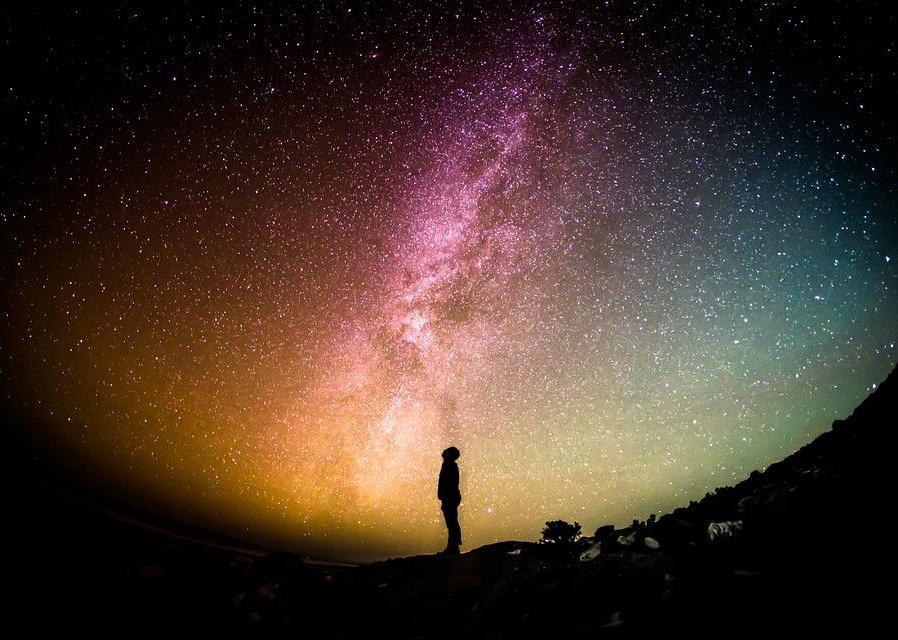
Pixabay
Question #22
Why is there water floating around the moon?
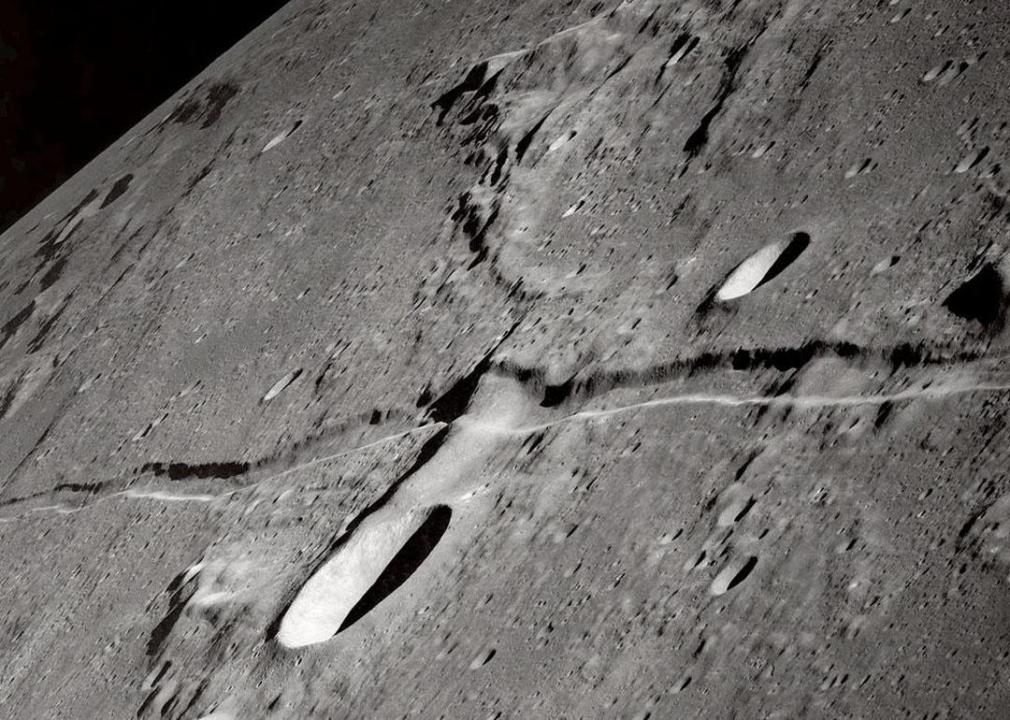
Nasa // Flickr
Answer #22
In 2018, NASA confirmed that the surface of the moon contained water, which exists in ice and molecular form. NASA's Lunar Reconnaissance orbiter (LRO) noticed that when the moon gets too warm during the day, the molecules float around in search of a cooler area.

Pixabay
Question #23
What was the first living animal sent into orbit?
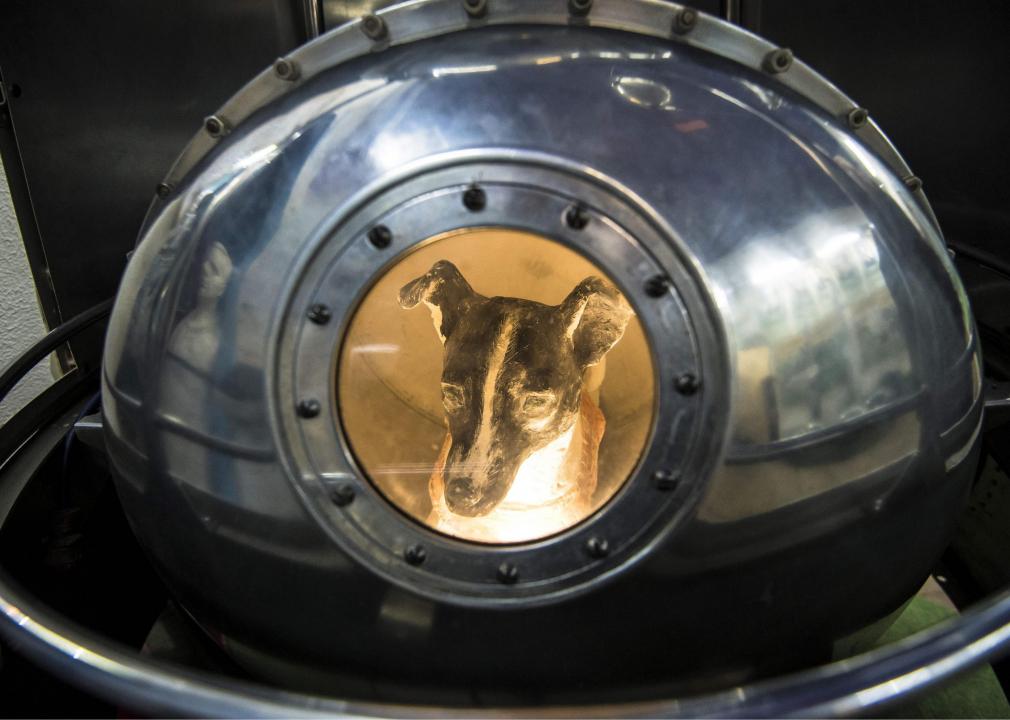
MLADEN ANTONOV/AFP // Getty
Answer #23
In 1957, the Soviet Union sent a dog named Laika into orbit, a month after launching the Sputnik satellite. The Soviets sent a total of 36 dogs—all strays—on non-return missions to test the effects of space travel on living beings. Scientists later sent insects, mice, chimpanzees, cats, rabbits, and other animals.
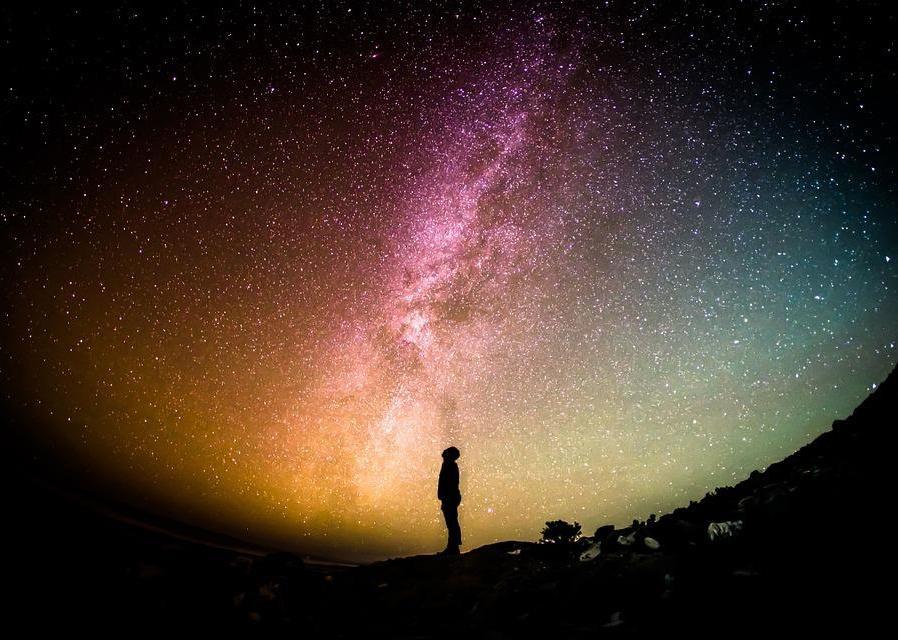
Pixabay
Question #24
What is the closest planet to Earth?
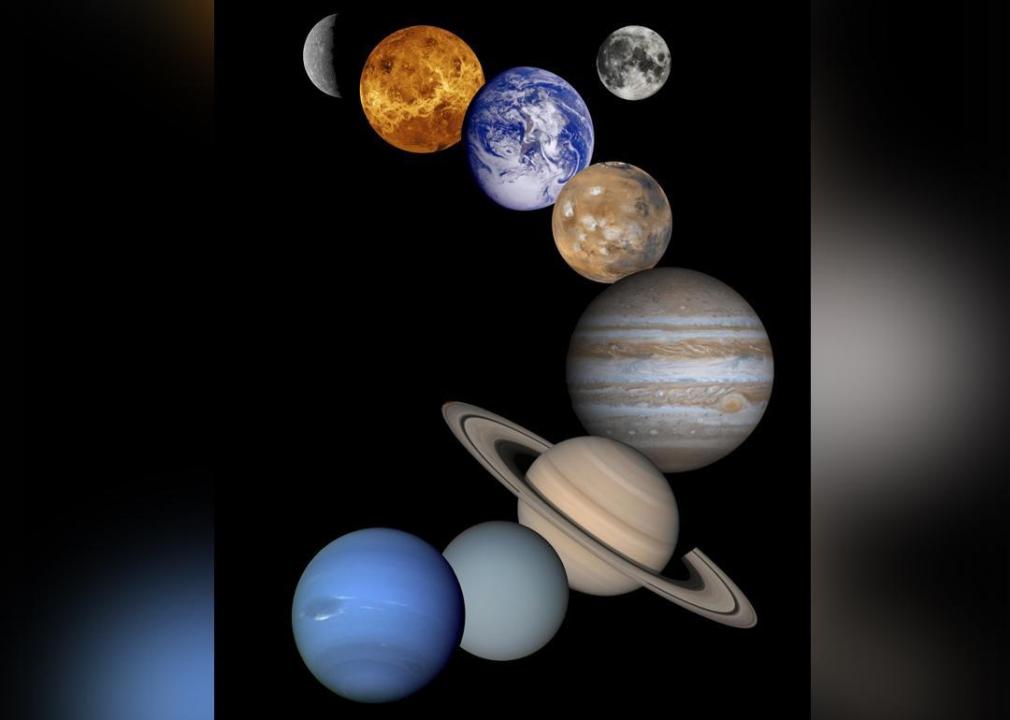
NASA/JPL
Answer #24
Until recently, astronomers thought Earth's nearest neighbor was Venus. While Venus does get within the closest distance to this planet, new calculations show that, when thousands of orbital years are simulated, Mercury is nearer to Earth—and all of the other planets—on average.
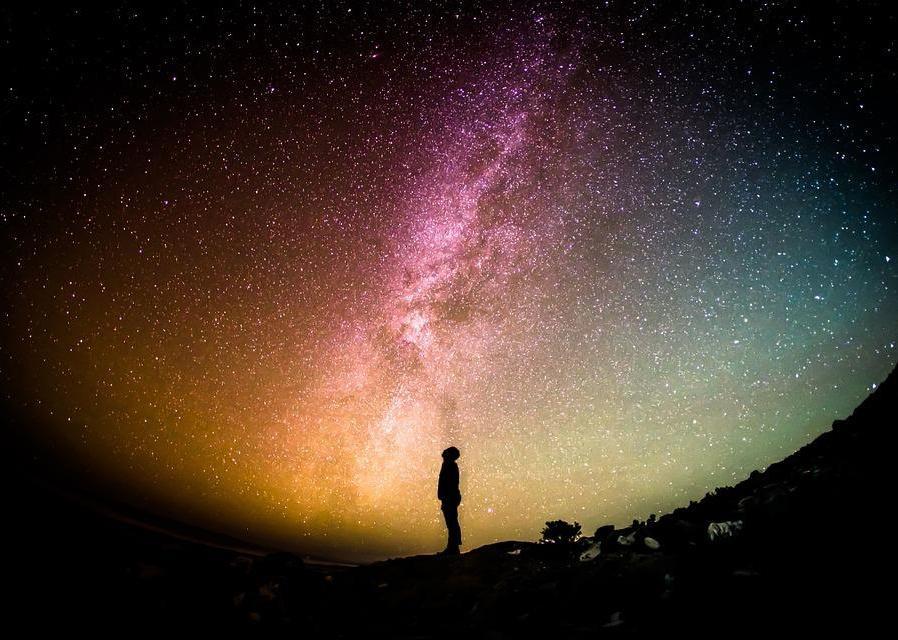
Pixabay
Question #25
Which exoplanet is made mostly of water?
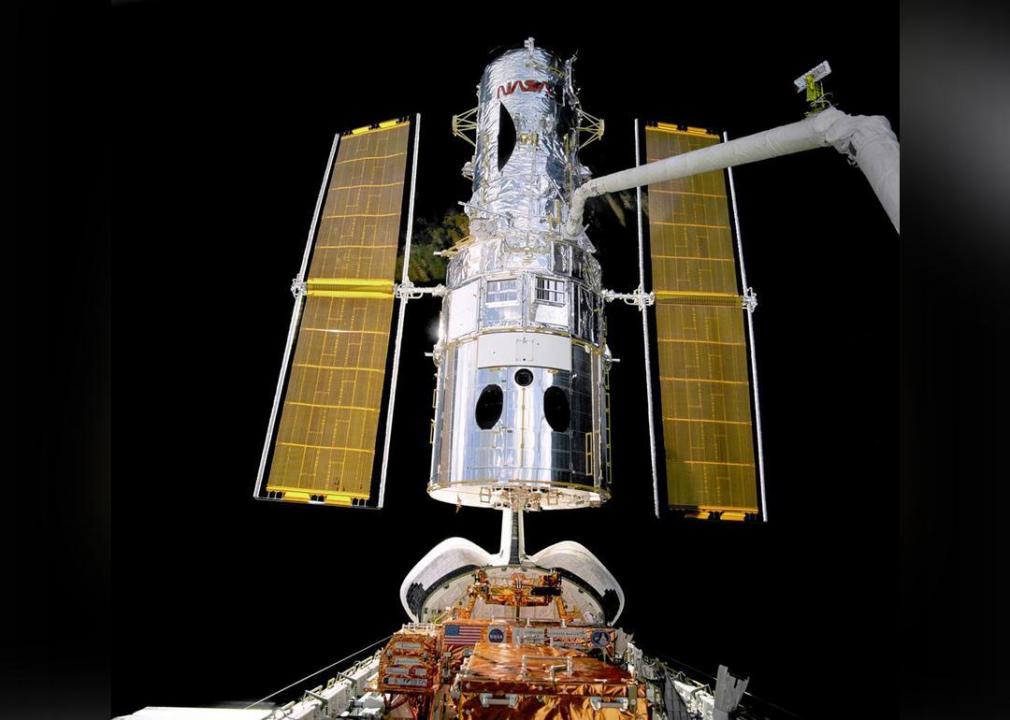
Nasa // Flickr
Answer #25
In 2012, the Hubble Space Telescope observed that exoplanet Gliese 1214b in the Milky Way was mostly made of water, though not the liquid kind found in Earth's ocean—think hot steam and plasma. “The high temperatures and high pressures would form exotic materials like 'hot ice' or 'superfluid water,' substances that are completely alien to our everyday experience," says Zachory Berta, an astronomer who worked with the Harvard-Smithsonian Center for Astrophysics.



